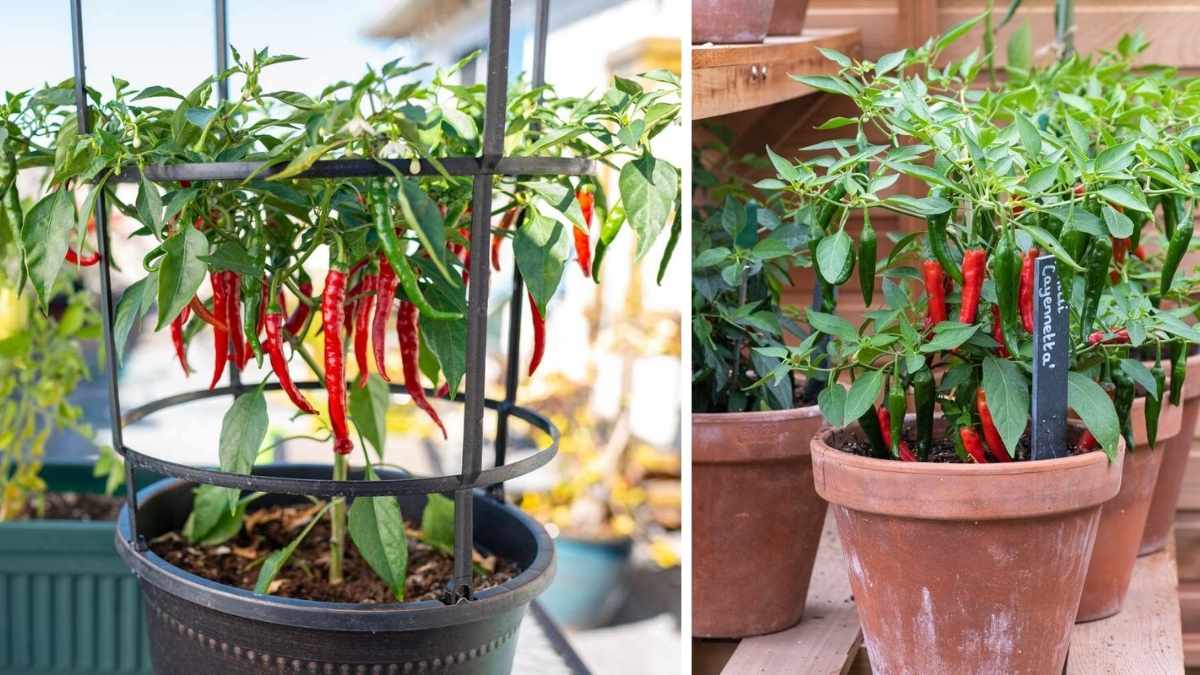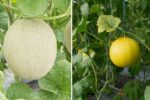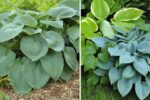If you’re a fan of spicy food, growing your own cayenne peppers for homemade hot sauce is a rewarding and flavorful experience. Whether you’re an experienced gardener or just getting started, growing cayenne peppers in containers is a manageable and fun way to add some heat to your meals. In this guide, we’ll walk you through the steps to grow cayenne peppers in containers, from selecting the right container to harvesting the peppers and making your own hot sauce.
Why Grow Cayenne Peppers in Containers?
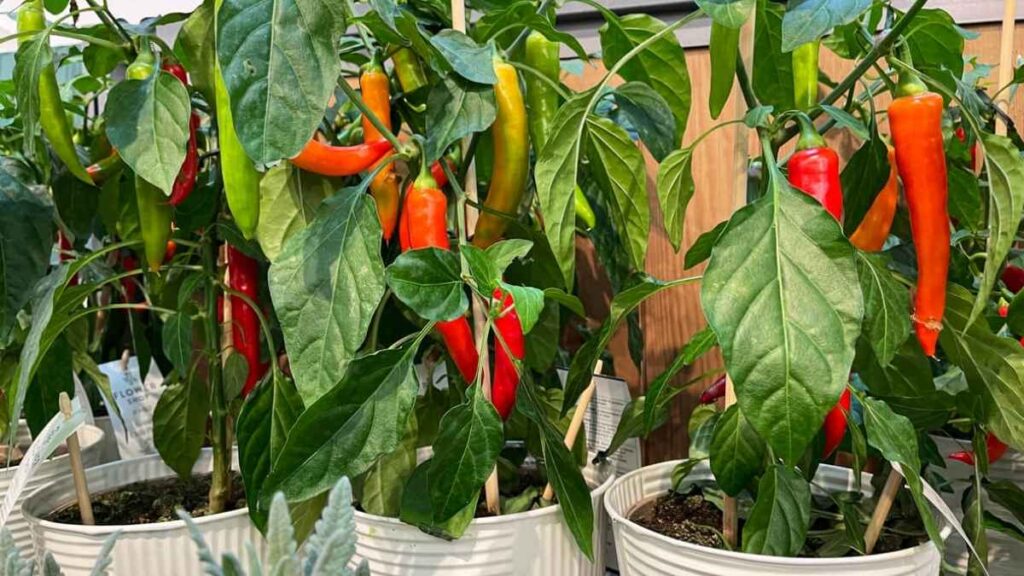
Growing cayenne peppers in containers is an excellent choice for several reasons. Containers allow you to control the soil quality, water levels, and sunlight exposure, which is essential for growing healthy and productive pepper plants. Additionally, container gardening is perfect for those with limited space, like apartment dwellers or those with small yards. By growing peppers in pots, you can easily move them around to find the best sunlight conditions and even extend the growing season by bringing them indoors during colder months.
Choosing the Right Container
Selecting the right container is one of the first steps in growing cayenne peppers. The size of the container is important for the growth of the plant and its root system. For cayenne peppers, choose a container that is at least 5 gallons in size. This gives the plant ample space to grow and ensures that the roots have enough room to spread out. The container should also have drainage holes to prevent waterlogging, which can cause root rot. You can use plastic, ceramic, or fabric pots, as long as they provide good drainage.
Selecting the Right Soil
Cayenne peppers thrive in well-draining, fertile soil that is rich in organic matter. A good quality potting mix is usually sufficient for container gardening. You can also amend the soil with compost or organic fertilizer to enhance its nutrient content. The soil should be slightly acidic with a pH level of around 6.0 to 6.8. Before planting your cayenne peppers, ensure that the soil is loose and free of any clumps, as this allows the roots to grow freely and access nutrients easily.
Planting Cayenne Peppers
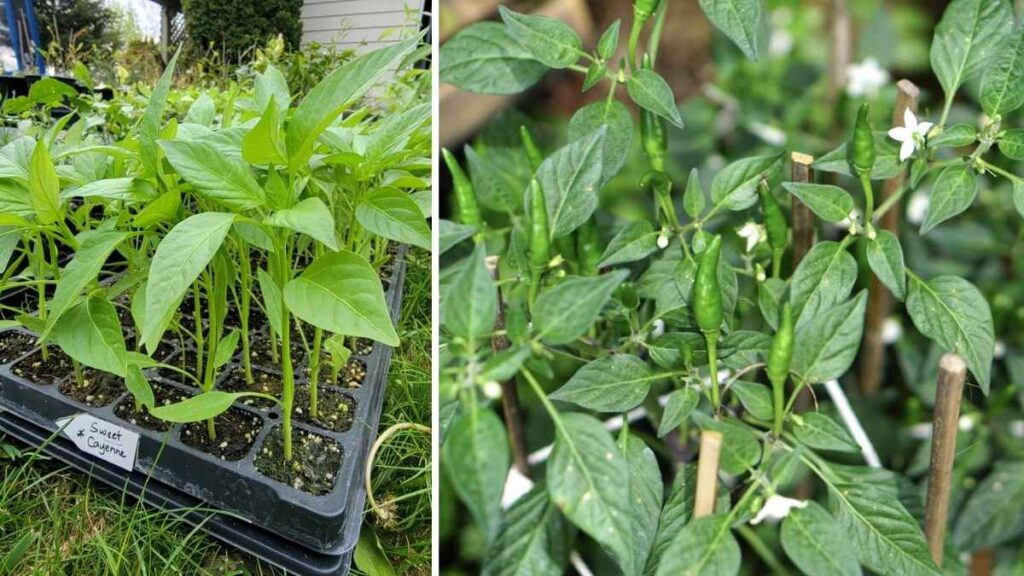
Once you’ve selected your container and prepared the soil, it’s time to plant your cayenne peppers. You can start with seeds or young plants, depending on your preference and the growing season in your area. If you’re starting from seeds, begin them indoors about 8-10 weeks before the last expected frost date. Sow the seeds in seed trays or small pots, covering them lightly with soil. Keep the soil warm (around 70-80°F) and moist, and place the pots in a sunny spot or under grow lights.
When the seedlings have grown to about 3-4 inches tall and the danger of frost has passed, it’s time to transplant them into larger containers. If you’re using young plants, simply place them in the prepared containers, ensuring that the top of the root ball is level with the soil surface. Water the plants thoroughly after planting to help settle the soil around the roots.
Providing the Right Growing Conditions
Cayenne peppers need plenty of sunlight to grow well. Ideally, they should receive at least 6-8 hours of direct sunlight each day. If you’re growing the plants indoors, place the containers near a sunny window or under grow lights. Outside, choose a sunny spot that gets good exposure to the sun throughout the day.
Temperature is also crucial for cayenne pepper plants. They thrive in warm conditions, with daytime temperatures ranging between 70-85°F. If you live in a cooler climate, consider placing your containers on a sunny balcony, patio, or near a south-facing wall to create a warmer microclimate. At night, the temperature should not drop below 55°F, as this can stunt growth and reduce pepper production.
Watering and Fertilizing
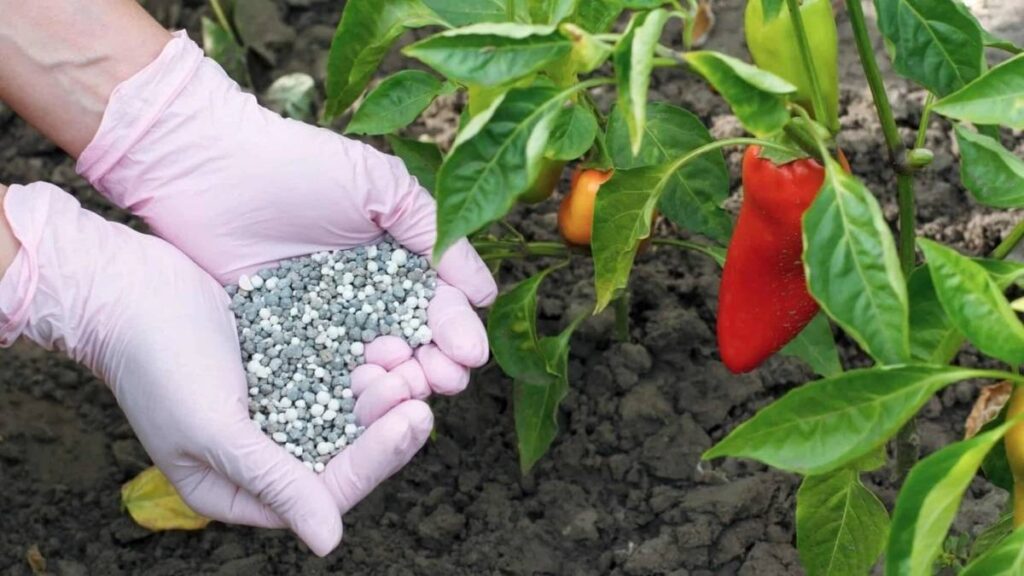
Proper watering is key to the success of your cayenne peppers. These plants like to be kept evenly moist, but they do not tolerate sitting in water. Water the plants when the top inch of soil feels dry, and ensure the water drains freely from the bottom of the container. During hot weather, you may need to water more frequently, but always check the moisture level before adding more water.
Fertilizing cayenne peppers is important to support healthy growth and fruit production. You can use a balanced fertilizer that’s high in potassium and phosphorus to encourage strong root development and pepper formation. Apply the fertilizer every 4-6 weeks, following the manufacturer’s instructions. Be cautious not to over-fertilize, as this can lead to excessive foliage growth with fewer peppers.
Pruning and Supporting the Plants
To help your cayenne pepper plants grow strong and produce more peppers, you may need to prune them periodically. Trim back any dead or yellowing leaves, and remove any suckers (small shoots growing between the stem and branches) to encourage more energy to go into fruit production. Some gardeners also remove the first few flowers to allow the plant to focus on developing a robust root system before it starts fruiting.
Additionally, cayenne pepper plants can grow quite tall, so it’s a good idea to provide some support. Use stakes, cages, or trellises to keep the plants upright and prevent the branches from breaking under the weight of the peppers. This also helps with air circulation, reducing the risk of diseases.
Harvesting Cayenne Peppers
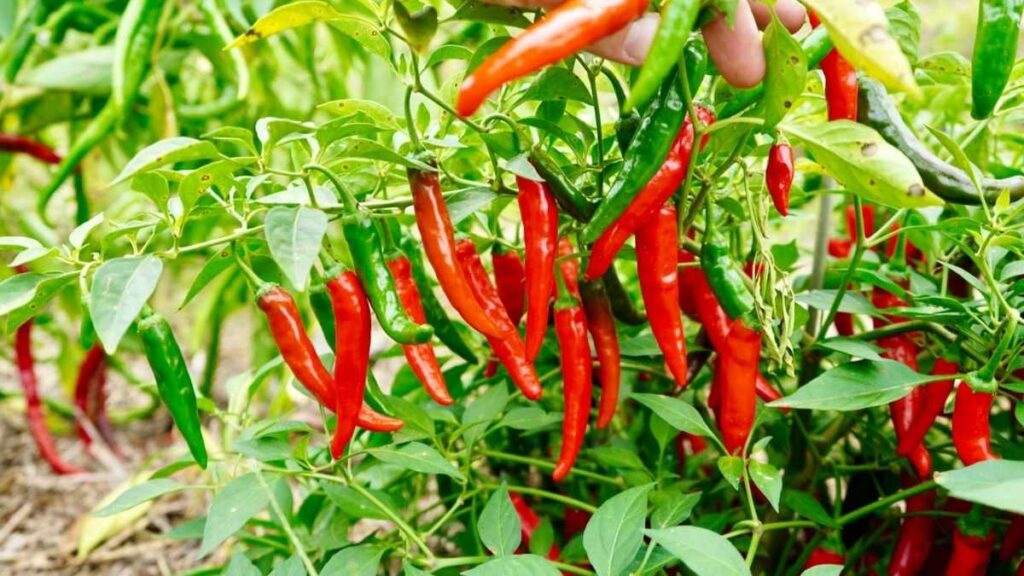
Cayenne peppers are typically ready for harvest 70-80 days after transplanting. The peppers will turn from green to bright red when they are fully ripe and ready to be picked. You can harvest the peppers by gently cutting them from the plant with a pair of scissors or pruning shears. If you prefer a milder flavor, you can pick the peppers when they are still green, but for the hottest flavor, wait until they are fully red.
Once harvested, you can either use the cayenne peppers fresh, dry them for storage, or begin the process of making your homemade hot sauce.
Making Hot Sauce with Your Cayenne Peppers

Making homemade hot sauce with your cayenne peppers is a fun and creative way to use your harvest. Here’s a simple recipe to get you started:
Ingredients:
- 10-12 ripe cayenne peppers
- 2 cloves of garlic
- 1 cup white vinegar
- 1 teaspoon salt
- 1 tablespoon sugar (optional)
Instructions:
- Remove the stems and seeds from the cayenne peppers. You can leave the seeds in for extra heat if desired.
- In a blender or food processor, combine the peppers, garlic, vinegar, salt, and sugar.
- Blend until smooth. If the sauce is too thick, add a little more vinegar until you reach your desired consistency.
- Pour the mixture into a saucepan and bring it to a simmer over medium heat. Let it cook for about 10-15 minutes, stirring occasionally.
- Once it cools, transfer the sauce to a bottle or jar and store it in the refrigerator.
This homemade hot sauce can add a spicy kick to tacos, soups, grilled meats, and more.
Conclusion
Growing cayenne peppers in containers is a simple and enjoyable way to spice up your cooking and make your own hot sauce. With the right container, soil, sunlight, and care, you can enjoy a bountiful harvest of fresh, spicy peppers that will elevate your dishes. Whether you’re a novice gardener or a seasoned pro, growing your own cayenne peppers can bring a new level of flavor to your kitchen and provide a sense of pride in growing your own food. Happy gardening and hot sauce making!
